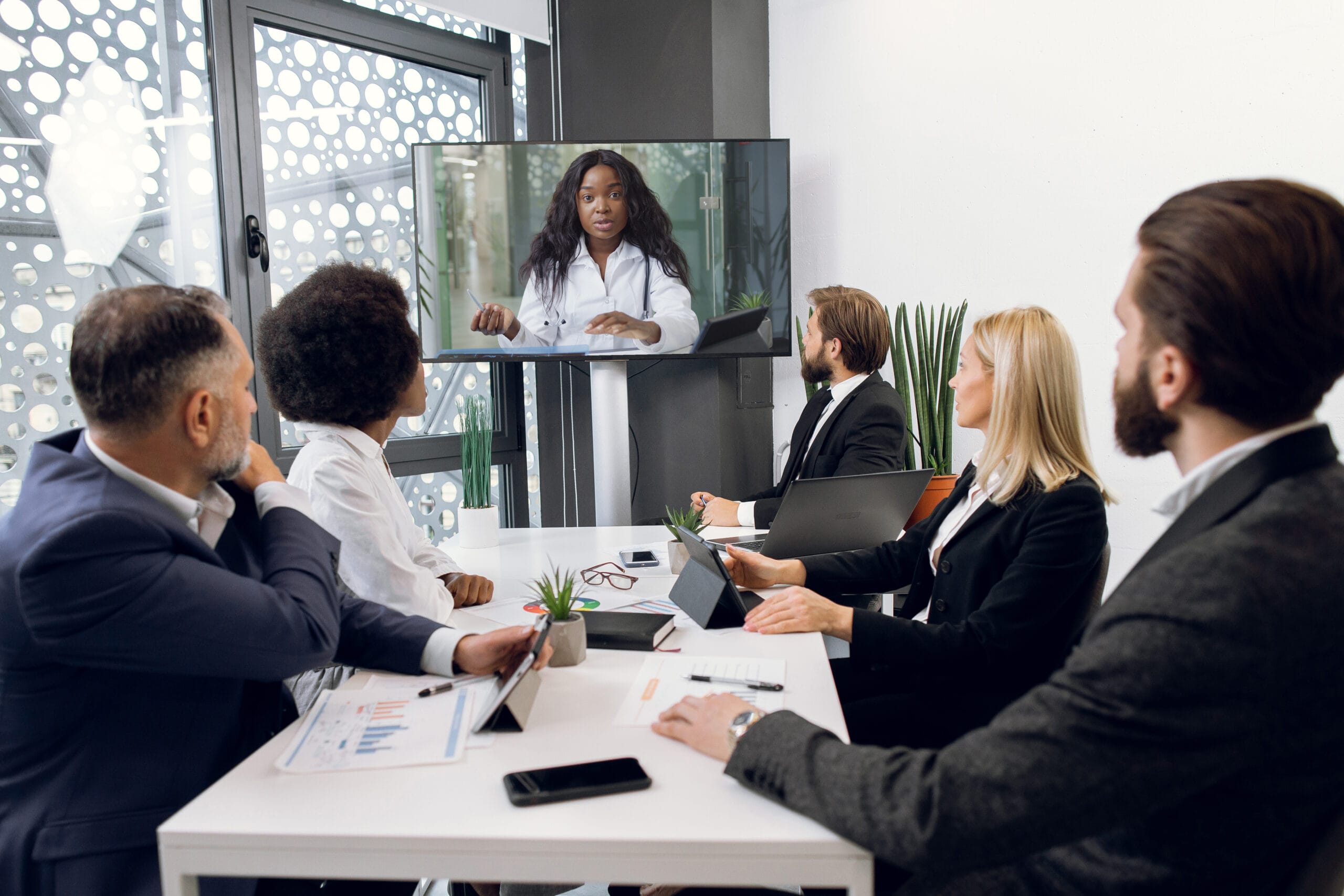How Test Presentations Enhance Your Disagreement and Persuade Jurors
Test presentations function as an essential mechanism for enhancing lawful disagreements and persuading jurors. By incorporating visual aids, narrative structures, and psychological interaction, lawyers can create a compelling case that resonates on multiple degrees. The strategic use visuals not only clears up intricate info however likewise catches jurors' interest much more effectively than words alone. Nevertheless, the art of storytelling plays an equally crucial duty in changing factual proof into an engaging narrative, shaping jurors' perceptions - trial presentations. Comprehending these components can dramatically affect trial outcomes, elevating the concern of exactly how each part adds to this detailed dynamic.

Relevance of Visual Aids
Aesthetic aids play an important function in enhancing the efficiency of test presentations, as they can substantially raise target market involvement and retention of info. In the context of a trial, where jurors are entrusted with processing complicated information, aesthetic aids offer to simplify and make clear bottom lines. Graphes, graphs, and photos can convey information and concepts that might otherwise bewilder or puzzle jurors, permitting an extra straightforward understanding of the proof presented.
In addition, visual aids aid in maintaining juror interest throughout the proceedings. By damaging the monotony of spoken testimony, these tools can stress critical disagreements, making them more unforgettable. Reliable aesthetic aids can additionally stimulate emotional actions, which can be critical in convincing jurors to align with the presenter's story.

Crafting Engaging Narratives
An engaging story is vital in test presentations, as it acts as the foundation of effective persuasion. It enables lawyers to weave together truths, proof, and emotional aspects right into a systematic story that resonates with jurors. This narrative framework enables jurors to understand the intricacies of the instance while guiding them with the lawyer's debate.
To craft a compelling story, lawyers should focus on clarity and coherence. Additionally, the use of vivid summaries can develop psychological pictures that assist jurors picture the events, making the narrative much more memorable.
Moreover, integrating vital motifs throughout the discussion strengthens the core message and aids in retention - trial presentations. The story should not just communicate info but also stimulate a sense of justice, highlighting the stakes entailed. Inevitably, a sound narrative cultivates a link between the jurors and the case, placing the attorney's argument as both reputable and engaging, consequently enhancing the likelihood of a desirable decision

Engaging the Court Emotionally
Reliable jury interaction depends upon the attorney's capacity to link with jurors on a psychological level. This link can significantly affect jurors' assumptions and their supreme decision-making. Making use of sob stories permits attorneys to humanize the situation, changing abstract legal ideas right into relatable experiences. By presenting real-life tales or endorsements, attorneys can evoke compassion and concern, fostering a much deeper understanding of the concerns at risk.
Visual aids, such as photographs or videos, can additionally boost psychological involvement, providing jurors with brilliant depictions of the instance's human components. Crafting a story that highlights the battles and accomplishments of the people involved ensures that jurors see beyond the legal arguments and recognize the human consequences of their decisions.
Furthermore, tone and body language play a vital function in communicating emotion. An attorney's passionate delivery can resonate with jurors, reinforcing their psychological financial investment in the instance. It's crucial to stabilize sob stories with accurate evidence, ensuring that jurors really feel urged to act while continuing to be based in the truth. Ultimately, a psychologically involved jury is much more likely to be encouraged, making psychological connection a vital part of efficient trial discussions.
Structuring Your Discussion

The body of the presentation need to be logically segmented right into key points, each supported by engaging proof. It is advantageous to utilize narration strategies to weave facts into a narrative that jurors can quickly adhere to. Aesthetic aids, such as charts and videos, can improve understanding and involvement, aiding to highlight critical pieces of evidence.
Real-World Situation Research Studies
Examining real-world case studies offers indispensable understandings right into the art of trial presentations and persuasion. The site situation of "O.J. Simpson v. The People of California" illustrates how visual help and engaging stories can persuade jury understandings. The defense team effectively used an approach that incorporated top-level professional statements with multimedia presentations, which captivated jurors and inevitably affected their decision.
One more notable instance is important source the "McDonald's Coffee Situation," where the complainant's lawyers utilized visuals images of the injuries received by Stella Liebeck. trial presentations. This plain aesthetic evidence played a crucial duty in conveying the extent of moved here her burns, resulting in a significant jury honor. Such cases show that impactful trial presentations often depend upon the reliable combination of visuals and narration to evoke psychological feedbacks from jurors
Additionally, the "Casey Anthony Test" highlighted the importance of narrative comprehensibility and reliability. The prosecution's failing to develop a compelling timeline reduced their influential power, underscoring the requirement of a well-structured discussion. Evaluating these situations discloses that successful trial presentations call for strategic planning, emotional interaction, and the capacity to resonate with jurors' values and beliefs.
Final Thought
Test discussions significantly enhance disagreements and convince jurors via the strategic use visual aids, compelling narratives, and emotional interaction. By streamlining intricate information and cultivating connections with the target market, these aspects produce a remarkable and impactful experience. A well-structured presentation balances emotional charms with factual evidence, eventually reverberating with jurors' worths. The assimilation of these methods not just influences decision-making but likewise emphasizes the significance of efficient interaction in this website the court room.